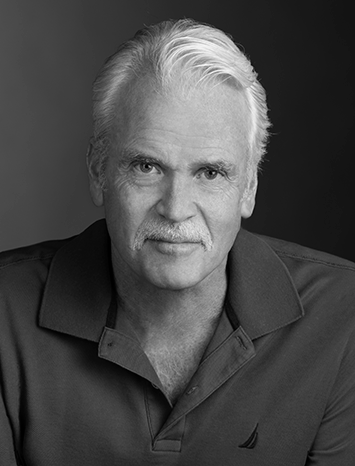
For many years now, I have had the opportunity to help those in positions of leadership/management confront the challenges of what is one of the most difficult jobs in business and corporate life. That is, leadership.
Very few are natural, fully formed leaders at the outset. There was ever only one Alexander the Great. The rest must learn on the job. Here are some things I’d like to share toward making that task a little bit easier.
Relax:
Stepping into leadership is a confrontation with one’s own demons, insecurities, self doubts, uncertainty. Your relationship with your peers has changed, and your actions have taken on a special meaning.
That is why your first steps must be to relax and let the negative voices pass. Always work toward a calm, centered disposition. Remember that any negative emotion you express to your people will come back to you in unwelcome ways. A leader who allows her emotions to run the show is a weak leader. An effective leader does not take ‘favorites’. She does not create alliances with some against others. She does not shame, humiliate, intimidate. She recognizes the dangers these maneuvers represent.
Listen:
Almost a cliché, but one that must be repeated often. Listen more than you speak. By listening you display the calm centered demeanor of the true leader. By listening, you gather the information necessary to make informed decisions. And listening without bias strengthens your position as a leader. Doing so, you demonstrate that you cannot be swayed, that you listen, but keep to your own counsel.
Helpfulness:
The truly powerful leader takes a position of helpfulness. How?
When a worker asks for help with a problem, it is important to recognize this is a potentially dangerous situation. The worker might be asking her leader to take a side against another. If the leader steps in to directly assist in solving the problem, she might be inhibiting the worker’s growth by taking the problem-solving task away from her.
Therefore, the true leader, after listening carefully to the worker, asks ‘How do you plan to deal with this?’. Or ‘What are your thoughts on the matter?’
The true leader will almost never say, ‘Let me see what I can do.’ This seems so helpful, but only mires the leader in difficulties better handled by the worker.
Patient Being rather than Hurried Doing:
The leader sets the emotional tone for the organization. True leadership is much more about being, and much less about doing. He must only ask himself, ‘What kind of organization do I want to have?’
If he wants one in which people collaborate, communicate, and cooperate, then he must ask himself how he can guide the group to that state. He will not be able to by threat and intimidation. Nor can he achieve this goal by lecturing. He must show this in his patient dealings with workers. He must remember that while they might be below him in the org chart, the org chart is the only place where that occurs.
Leadership requires patience…Why is that? The organization is composed of human beings, each a bearer of human nature. Human nature is contrary, difficult, often lazy, childish, fearful of change, dishonest, selfish. The leader must recognize these characteristics in his workers, and in himself. While directing the organization to one of collaboration, cooperation, and compassion, he must also consider that there are those who don’t want that. Which leads us to…
Fearfulness/Fearlessness
We are sensitive to issues of dominance and submission. This is from our instinctual inheritance as primates living in rigidly structured hierarchies. Dominance and submission go on at an instinctual (unconscious) level in every interaction. Therefore, while calmly asserting leadership by patient, centered listening and resistance to reaction, the leader must be attentive to those who exhibit fear.
There will be those who resist leadership, actively defy leadership either passively or actively or in combination. It is then the leader must act fearlessly and take steps to sanction such behavior and eventually eliminate that worker if she continues. Her actions and behavior contaminate the entire group and subvert smooth operations of the group.
